Product Consultation
Your email address will not be published. Required fields are marked *
When furnishing a workspace, one of the most significant choices you’ll make involves the type of seating used. While both office chairs and executive chairs are designed to support long hours of sitting, they differ greatly in purpose, style, materials, and ergonomics. These differences are not only aesthetic but also influence how people work and feel throughout the day. By exploring how each type of chair is built and used, you can make a more informed decision for your office or home workspace.
The office chair is designed with functionality and efficiency in mind. It typically features a streamlined, minimalist design that fits into various environments—from open-plan workspaces to compact home offices. The emphasis is on adaptability and practicality rather than luxury. Many modern office chairs use mesh fabric for the backrest, providing excellent airflow and keeping the user cool even during long working hours. The seat height, tilt angle, and armrests are adjustable to accommodate users of different body types and sitting preferences.
By contrast, the executive chair reflects status and sophistication. It’s meant to stand out as the centerpiece of a professional office, projecting authority and confidence. These chairs often feature a high backrest that supports the head and neck, deep cushioning made from high-density foam, and luxurious materials such as top-grain leather or high-quality faux leather. Decorative stitching, polished aluminum bases, and padded armrests add to their refined appearance. While an office chair focuses on blending into a workspace, an executive chair is built to make a statement.
Comfort is a key concern for both types, but how that comfort is achieved differs. Office chairs emphasize ergonomic adjustability. Most models come with adjustable lumbar support, tilt tension control, and seat depth adjustment, which allow users to maintain proper posture throughout the day. Ergonomically designed office chairs aim to reduce fatigue, support spinal alignment, and promote better circulation—important for those who spend long hours typing, reading, or managing multiple tasks at a workstation.
Executive chairs prioritize comfort through luxury materials and generous padding rather than extensive adjustability. The thicker cushioning provides a plush seating experience that feels more like a lounge chair. These chairs often recline smoothly, making them ideal for longer meetings, phone calls, or moments of reflection. Although not always as adjustable as office chairs, many executive models still include ergonomic features such as built-in lumbar support and synchronized tilt mechanisms. The goal is to combine comfort with a sense of power and ease.
Office chairs usually feature lightweight materials such as breathable mesh, fabric upholstery, and plastic or nylon bases. These materials make them easy to move, adjust, and maintain. The use of mesh in particular has become popular due to its ability to keep the user cool and its resistance to wear and tear. The focus is on practicality and long-term usability rather than luxury.
Executive chairs, on the other hand, use premium materials that are both visually impressive and durable. Leather, faux leather, or thick fabric upholstery is commonly used, paired with metal or chrome-plated frames for extra strength. The padding is typically thicker, providing more cushioning and a sense of luxury. However, these materials require more care. Leather, for instance, should be conditioned regularly to prevent cracking, while faux leather needs gentle cleaning to maintain its shine.
The build quality of executive chairs also tends to be heavier and more solid, reflecting their intended use in private offices or meeting spaces rather than shared or fast-paced work areas.

Functionality is where the office chair shines. It’s designed for flexibility and constant movement. The swivel base, smooth-rolling casters, and height adjustment allow employees to move seamlessly between tasks. In open office environments where collaboration is frequent, this flexibility enhances efficiency and interaction. Office chairs are also more compact, making them easy to fit into cubicles or small office setups.
Executive chairs are designed for authority and presence. They’re typically used in managerial or director-level offices, conference rooms, or formal spaces where decision-making and client meetings take place. Their larger frames, high backs, and rich finishes are intended to complement the interior décor of executive suites. Functionally, they provide a sense of command and comfort, reinforcing professional image and confidence.
The difference in materials and design is reflected in the price. Standard office chairs are usually more affordable, making them suitable for large teams or organizations needing multiple units. Their design focuses on cost-effective comfort, adjustability, and durability for daily use.
Executive chairs, by contrast, are an investment in both comfort and image. They cost more due to premium materials, detailed craftsmanship, and the brand prestige often associated with them. However, they also serve as a symbol of professionalism and can enhance the visual impression of a workspace, which may be beneficial for client-facing roles.
Maintenance costs also differ: mesh and fabric office chairs are easy to clean with minimal upkeep, while leather executive chairs require conditioning and protection from direct sunlight to preserve their appearance over time.
Beyond functionality, the choice between an office chair and an executive chair also carries psychological implications. In a corporate environment, seating often reflects hierarchy and responsibility. An executive chair behind a large desk conveys authority, while standard office chairs promote equality and teamwork in open spaces. For some professionals, having an executive chair reinforces their leadership role, while for others, a modern ergonomic office chair represents efficiency and innovation.
In home office setups, this difference also matters. A compact office chair may be better for limited space and active work, while an executive chair creates a more formal atmosphere, ideal for video calls, presentations, or long hours of management work.
Choosing between an office chair and an executive chair depends on individual needs and workspace design. Consider the following factors:
Nature of Work:
If your work involves continuous computer use, collaboration, or mobility, an ergonomic office chair with adjustable settings is ideal. If your work includes meetings, strategic planning, or managerial tasks, an executive chair provides superior comfort and presence.
Workspace Size:
Office chairs are compact and space-efficient, suitable for smaller workstations. Executive chairs are larger and more prominent, requiring sufficient room to avoid making the area feel crowded.
Aesthetic Goals:
The design of the chair should match the office’s overall look. Mesh office chairs suit modern, minimalist interiors, while leather executive chairs complement traditional or high-end décor.
Budget:
Office chairs are more economical for multiple employees. Executive chairs are higher in price but add long-term value through durability and prestige.
The office chair and executive chair may serve the same essential purpose—providing a comfortable place to sit—but their distinctions go far beyond appearance. The office chair embodies functionality, flexibility, and ergonomic performance suited for dynamic work environments. The executive chair emphasizes luxury, authority, and comfort designed for leadership roles and formal settings.
Selecting the right one depends on the balance between function and image, practicality and prestige. For everyday tasks and shared offices, the office chair remains the most efficient and adaptable choice. For professional executives or home offices where comfort and style are equally important, the executive chair offers an elevated experience.
In short, understanding the differences between these two types of chairs helps create a workspace that supports productivity, reflects professional identity, and enhances overall well-being. Whether you prioritize movement and versatility or elegance and command, the right chair can transform how you work and how your workspace feels every day.
What Are Common Mistakes People Make When Buying a Home Office Chair Online?
Oct 01,2025Mesh Office Chair: Comfort, Breathability, and Ergonomic Support for Modern Workspaces
Oct 17,2025Your email address will not be published. Required fields are marked *
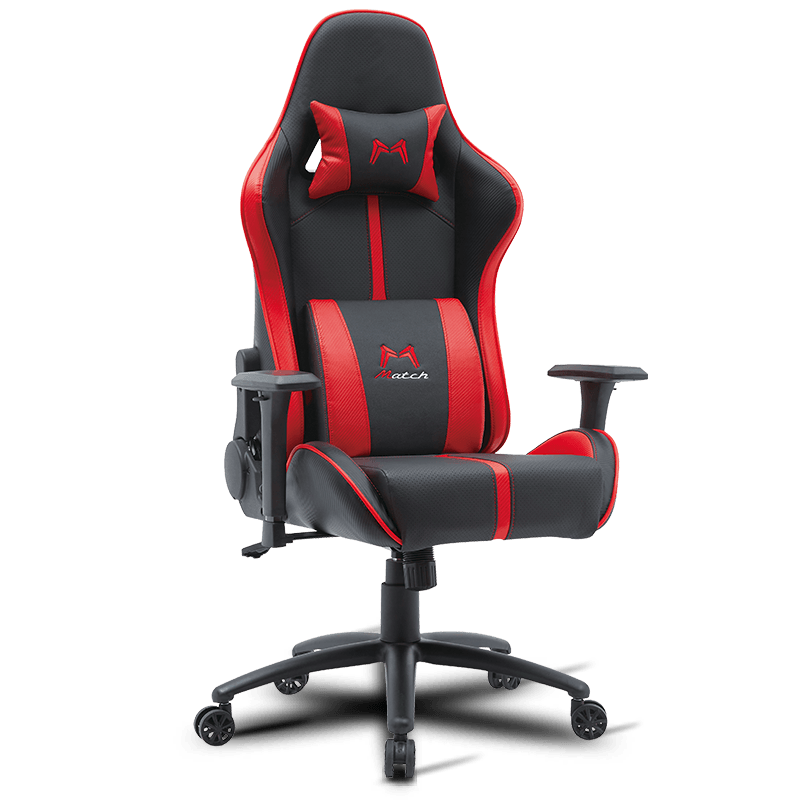
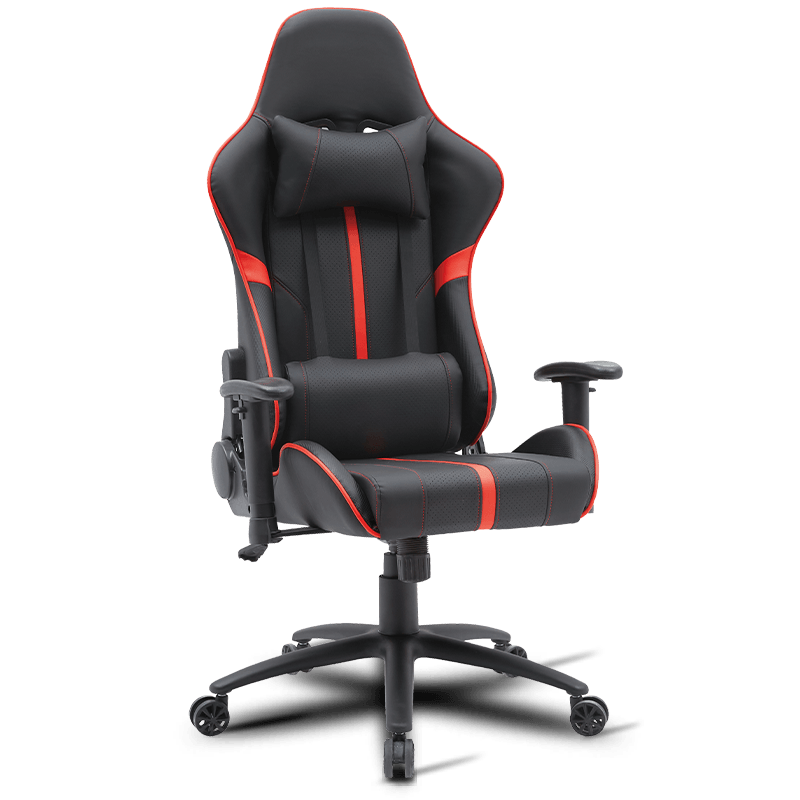
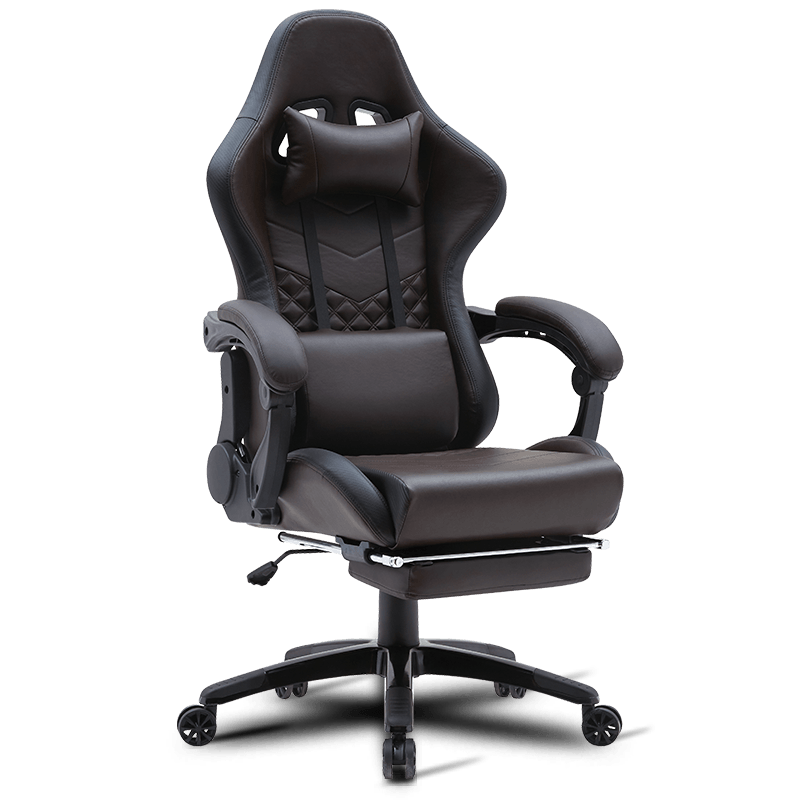
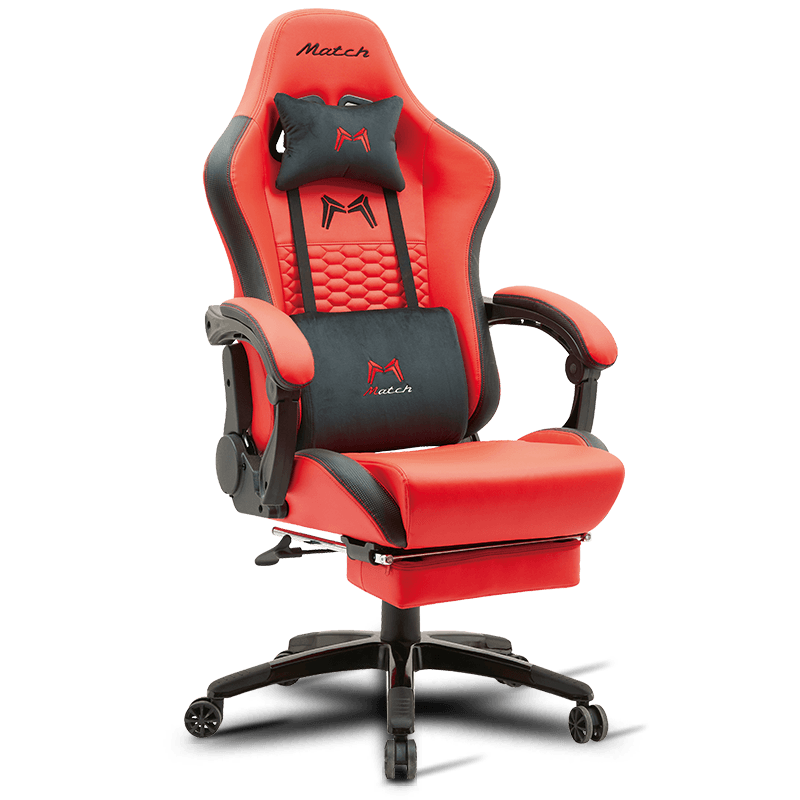
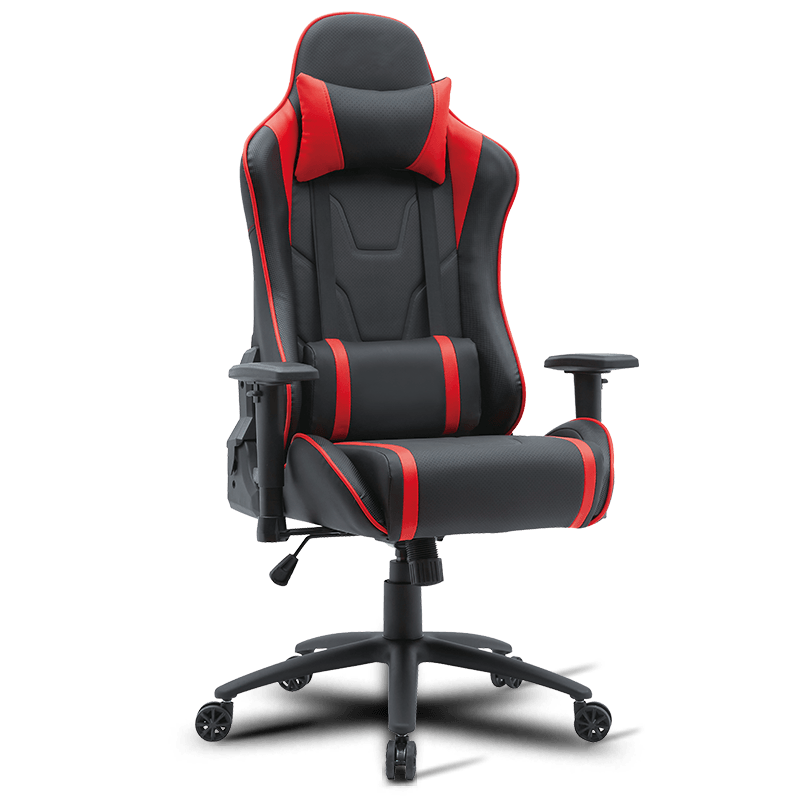
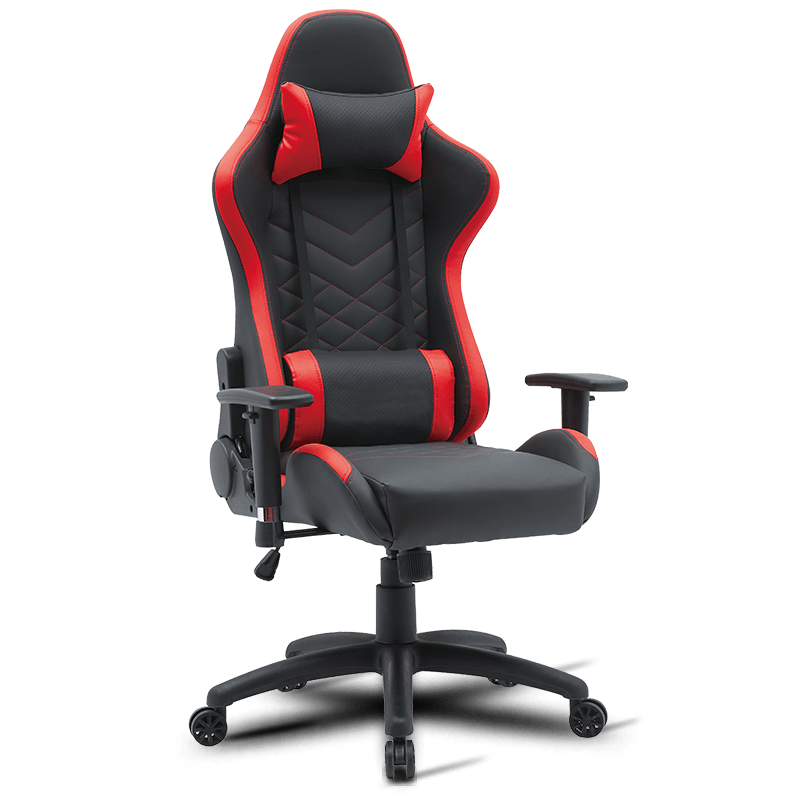
Tangpu, Huzhou, Zhejiang, China
0086-15088380506
Copyright © Anji Mingchuang Furniture Co., Ltd. All Rights Reserved.
